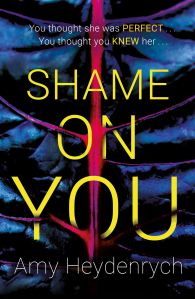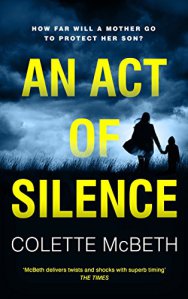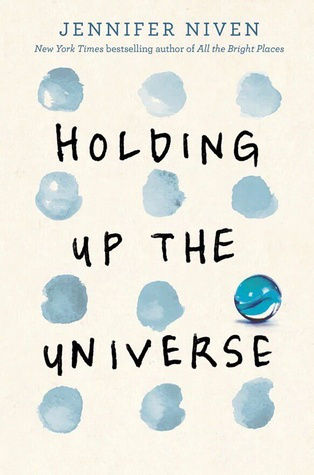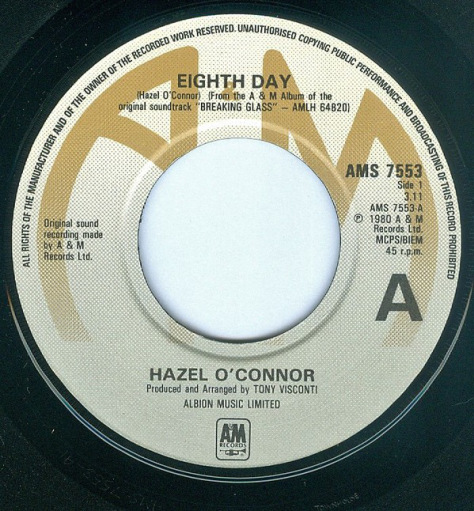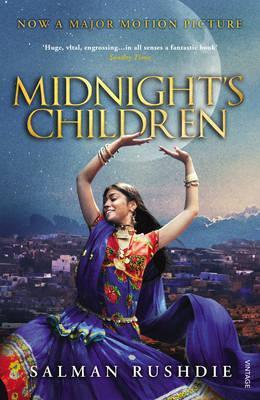Download links for: The Sense of Style: The Thinking Person's Guide to Writing in the 21st Century


Reviews (see all)
Write review
If you love reading and want to write better, Pinker's book is wonderful and indispensable.
Reviewed by Charles McGrath in The New York Times Book Review (Sunday October 19, 2014)
A must-read for any writer or editor. Fantastic, well-written advice.
Other books by Nonfiction
Related articles

